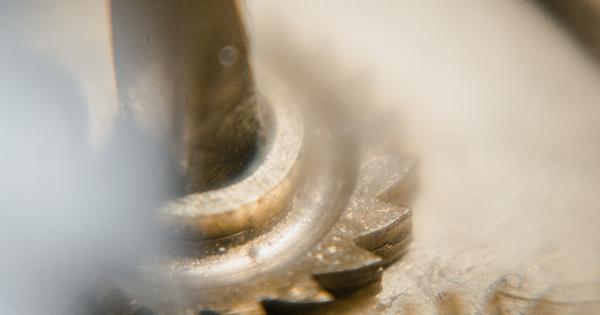Ultrasound technology has significantly advanced medical diagnostics and imaging over the years.
One such advancement is the development of B-Flap ultrasounds, a cutting-edge technique that offers a more comprehensive and detailed view of the human body. In this article, we will explore the ins and outs of B-Flap ultrasounds, how they work, their applications, and the benefits they provide.
What are B-Flap Ultrasounds?
B-Flap ultrasounds, also known as B-Flow imaging, are a specialized form of ultrasound imaging that provides real-time visualization of blood flow.
Unlike traditional Doppler ultrasound, which relies on the detection of frequencies, B-Flap ultrasounds use sophisticated algorithms to analyze the movement of blood cells within blood vessels. This technology allows for highly accurate mapping of blood flow patterns without the need for contrast agents or invasive procedures.
How Do B-Flap Ultrasounds Work?
B-Flap ultrasounds utilize advanced signal processing techniques to generate detailed images of blood flow.
High-frequency sound waves are directed towards the target area, such as an organ or blood vessel, and the reflected waves are then captured by a transducer. The transducer converts the received signals into electrical impulses, which are further processed to reconstruct the images.
The distinguishing feature of B-Flap ultrasounds is their ability to detect slow-flowing blood within small vessels.
By using complex algorithms, B-Flap ultrasounds can differentiate between various speeds and concentrations of blood cells, providing a clearer understanding of the blood flow dynamics. This is particularly useful in detecting abnormalities or obstructions within vessels, enabling timely diagnosis and treatment.
Applications of B-Flap Ultrasounds
B-Flap ultrasounds find applications in various medical fields, including cardiology, vascular surgery, and obstetrics. Here are some key areas where B-Flap ultrasounds prove to be invaluable:.
1. Cardiology
In cardiology, B-Flap ultrasounds are utilized to assess the heart’s function and detect any irregularities in the blood flow within the coronary arteries.
By providing real-time visualization of blood flow, B-Flap ultrasounds aid in the diagnosis of conditions such as myocardial infarction, valvular diseases, and congenital heart abnormalities.
2. Vascular Surgery
B-Flap ultrasounds play a crucial role in vascular surgery by providing surgeons with detailed information about blood flow and identifying potential blockages or narrowing of blood vessels.
This assists in the planning and execution of procedures such as bypass surgeries, angioplasty, and stent placements.
3. Obstetrics
B-Flap ultrasounds offer enhanced visualization of blood flow in the placenta and umbilical cord during pregnancy. This helps monitor the well-being of the fetus and detect any abnormalities in blood circulation, ensuring proper prenatal care.
Benefits of B-Flap Ultrasounds
There are several advantages to using B-Flap ultrasounds over traditional Doppler ultrasound:.
1. Improved Sensitivity
B-Flap ultrasounds can detect slow-flowing blood, enabling the identification of subtle abnormalities that may be missed by standard ultrasound techniques.
2. Real-Time Visualization
Unlike other imaging modalities, B-Flap ultrasounds provide real-time visualization of blood flow. This allows for immediate assessment and decision-making during surgical procedures or emergency situations.
3. Non-invasive and Safe
B-Flap ultrasounds are non-invasive and do not expose patients to any harmful radiation or contrast agents. They are safe for individuals of all age groups, including pregnant women.
4. Cost-Effective
Compared to other imaging techniques, B-Flap ultrasounds are relatively cost-effective and widely available. Their affordability makes them accessible for routine screenings and widespread use in healthcare facilities.
Conclusion
B-Flap ultrasounds have revolutionized the field of medical imaging by offering real-time visualization of blood flow.
With their ability to detect slow-flowing blood and provide detailed information, B-Flap ultrasounds have become an invaluable tool for diagnosing and managing various medical conditions. As technology continues to advance, we can expect further enhancements in the capabilities and applications of B-Flap ultrasounds, ultimately improving healthcare outcomes for patients.



























